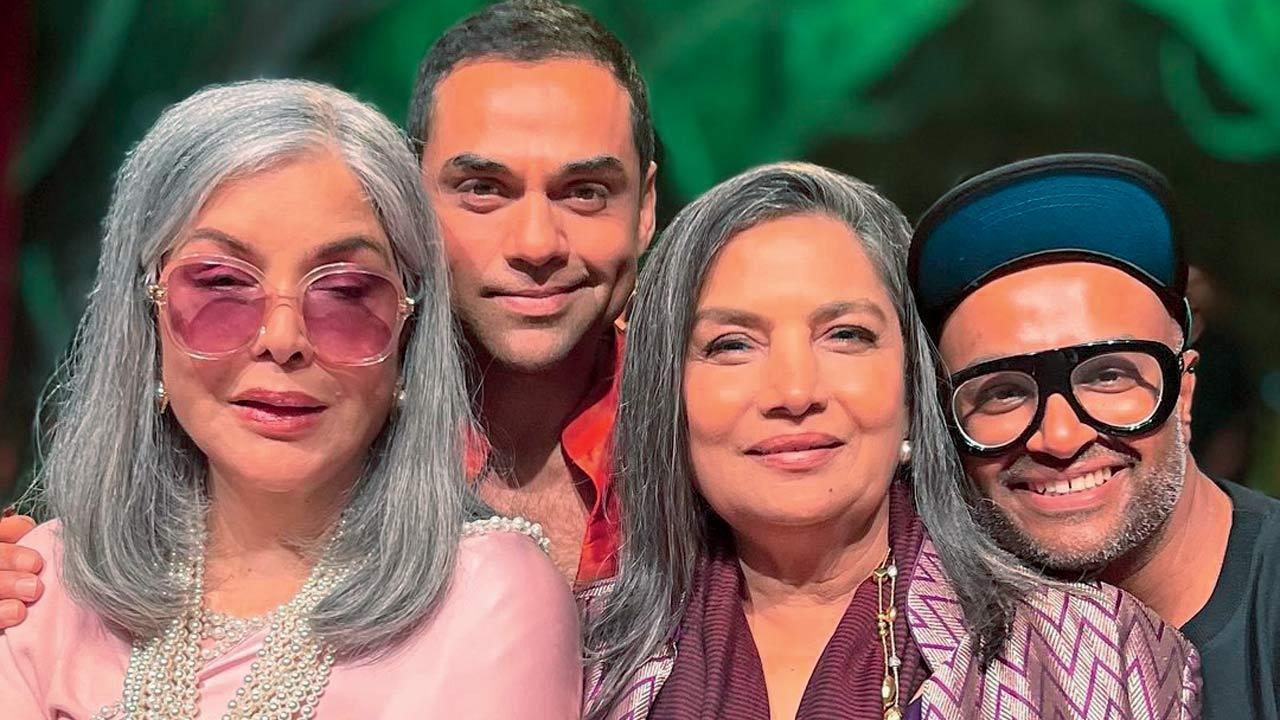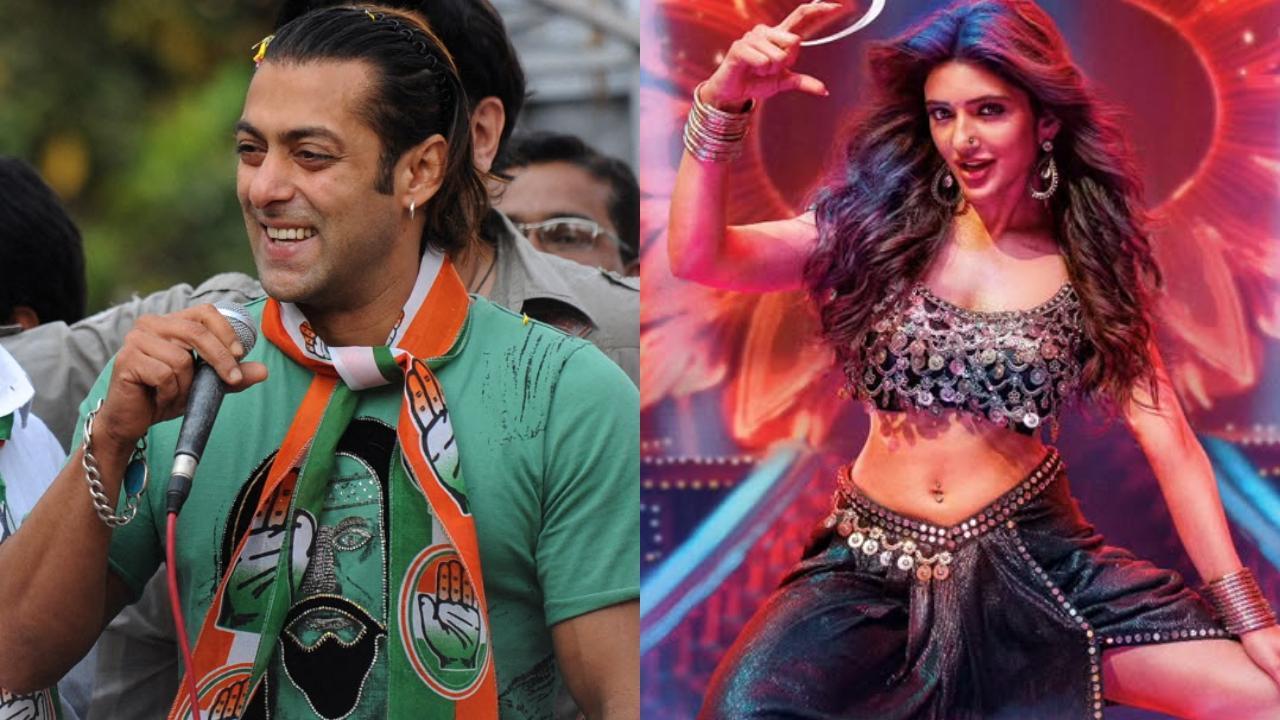
In a compelling reflection on the current state of Indian cricket, former India head coach Rahul Dravid spotlighted the sport’s profound transformation over recent decades. Speaking at the 50-year celebration of Mount Joy Cricket Club, Dravid elaborated on how Indian cricket has evolved into an “extremely powerful” force, attributing this growth to the extraordinary talent emerging from diverse corners of the country.
Reflecting on the evolution of Indian cricket, Dravid remarked, “If you look at Indian cricket today, Indian cricket is extremely strong, it’s extremely powerful. One of the big reasons for that is that talent comes from everywhere, from all over the country.” This change, according to Dravid, contrasts sharply with earlier times when cricket talent predominantly hailed from major metropolitan areas and a few select states.
“In the era of GR Vishwanath, or even when I began my career, most of the talent originated from the big cities or specific states. Even if there were skilled players in smaller regions, they often had to relocate to major cities to pursue cricket seriously. But today, you see Indian cricket flourishing with players coming from every part of the nation,” Dravid continued.
Dravid illustrated his point by citing an example from the South Zone cricket scene. Historically, this zone was largely dominated by players from Hyderabad and Tamil Nadu. However, the scenario has undergone a dramatic shift, with players from other southern states making significant strides and asserting their presence in regional and national cricket.
“You just look at the standard of the Ranji Trophy. In earlier days when you played in the South Zone, other than facing Hyderabad or Tamil Nadu, you might have approached games with other teams somewhat more lightly. But today, no team in the South Zone can be underestimated. Every team is competitive and can pose a substantial challenge,” Dravid observed, stressing the heightened level of competition in domestic cricket.
The former India captain underscored the importance of a robust club culture and the need for equitable distribution of cricket infrastructure across the country.
. “We need clubs to be strong. Cricket should not be concentrated in the hands of a few people; it should be egalitarian and widespread. Concentrating talent and resources in just one or two places does not benefit the sport. To harness the full potential of our young boys and girls, we must ensure they have access to good infrastructure in every part of India,” he explained.
The discussion also touched upon how the democratization of cricket infrastructure has played a pivotal role in transforming domestic cricket. Dravid highlighted how initiatives aimed at improving facilities across various regions have allowed more young talents to train and flourish without the need to migrate to urban centers. According to Dravid, this has led to a more balanced and competitive cricket landscape in the country.
Dravid’s insights shed light on how inclusive policies and infrastructure development have leveled the playing field, ensuring that talented players from smaller towns and rural areas have the same opportunities to shine as those from cricketing hubs like Mumbai or Delhi. He praised the efforts undertaken at various levels to make quality coaching, training facilities, and cricket gear accessible to a broader demographic.
The former coach also touched on the cultural shift within the cricketing community, with an increasing number of role models emerging from diverse backgrounds. Such role models inspire young cricketers from non-traditional areas to pursue their dreams, knowing that geographic limitations no longer restrict their potential.
In closing, Dravid reiterated the long-term benefits of a cricketing ecosystem that values widespread participation and growth. “The future of Indian cricket lies in its diversity and inclusiveness. By continuing to nurture talent from all corners of the country, offering them the right support and facilities, we can ensure that Indian cricket not only remains strong but becomes even more formidable on the global stage,” he concluded.
Dravid’s reflections serve as a clarion call for continued investment in grassroots cricket and equitable resource distribution, ensuring that India’s cricketing prowess continues to shine bright, powered by the talent and passion of players from every part of the nation.










